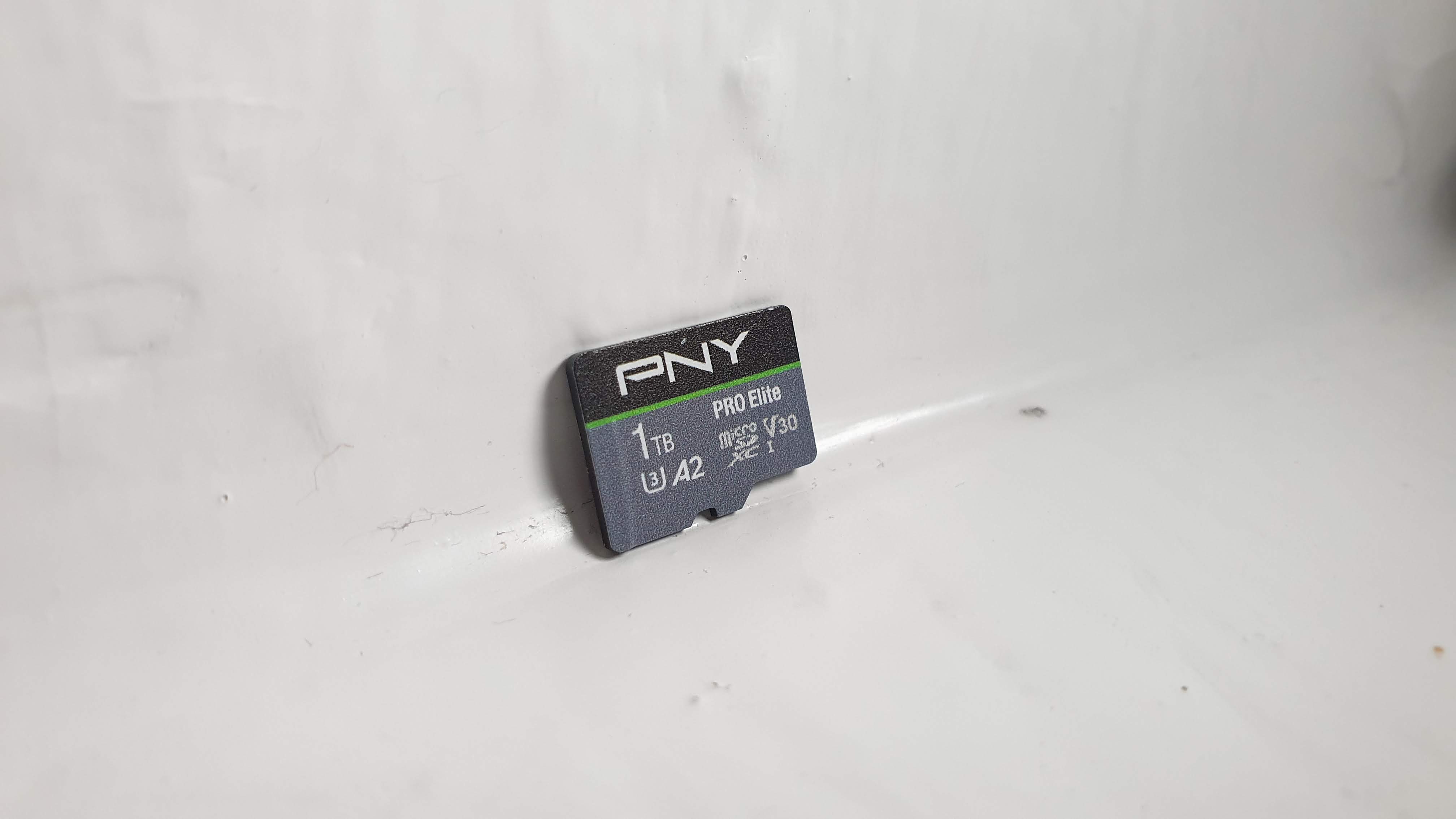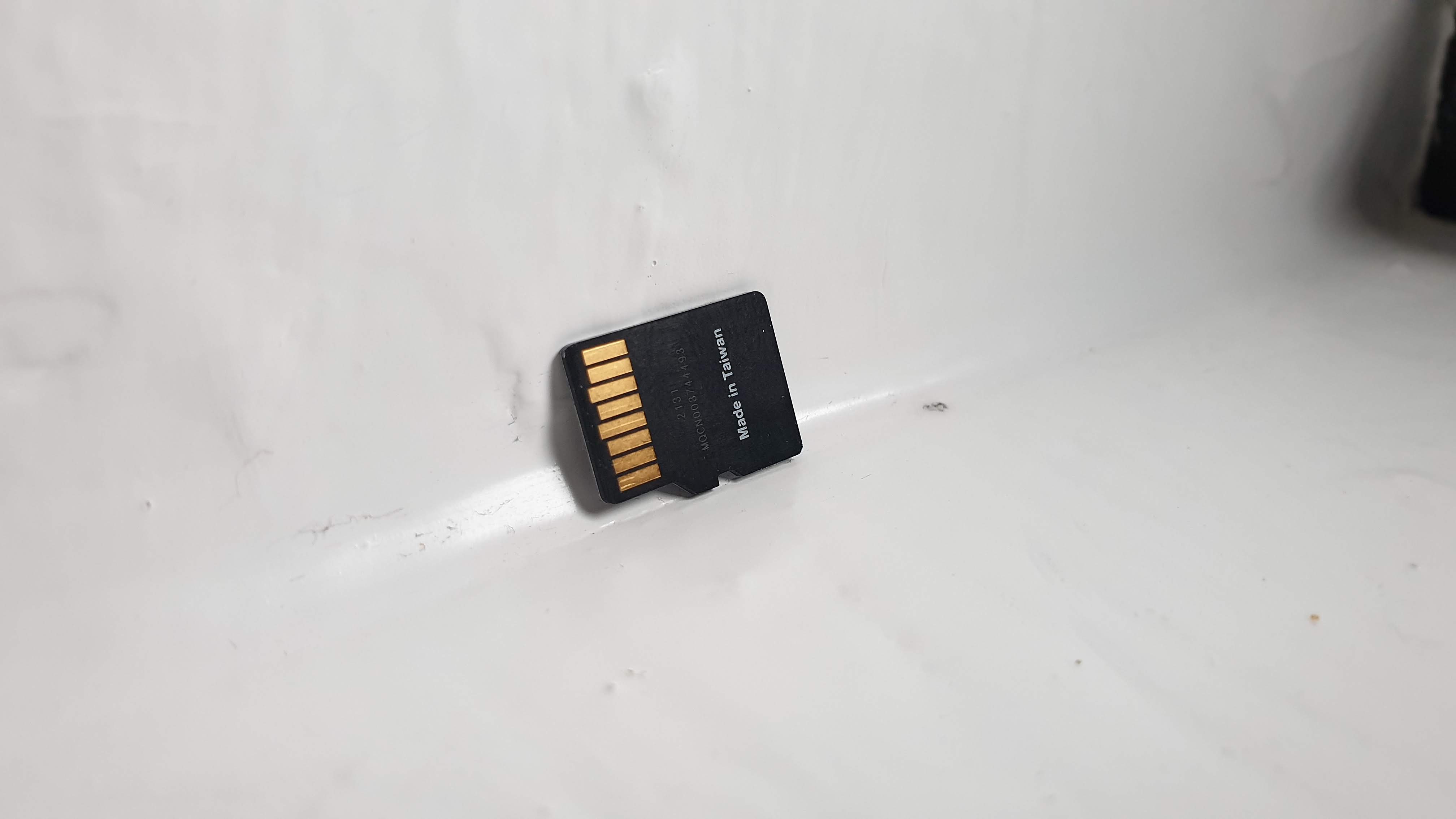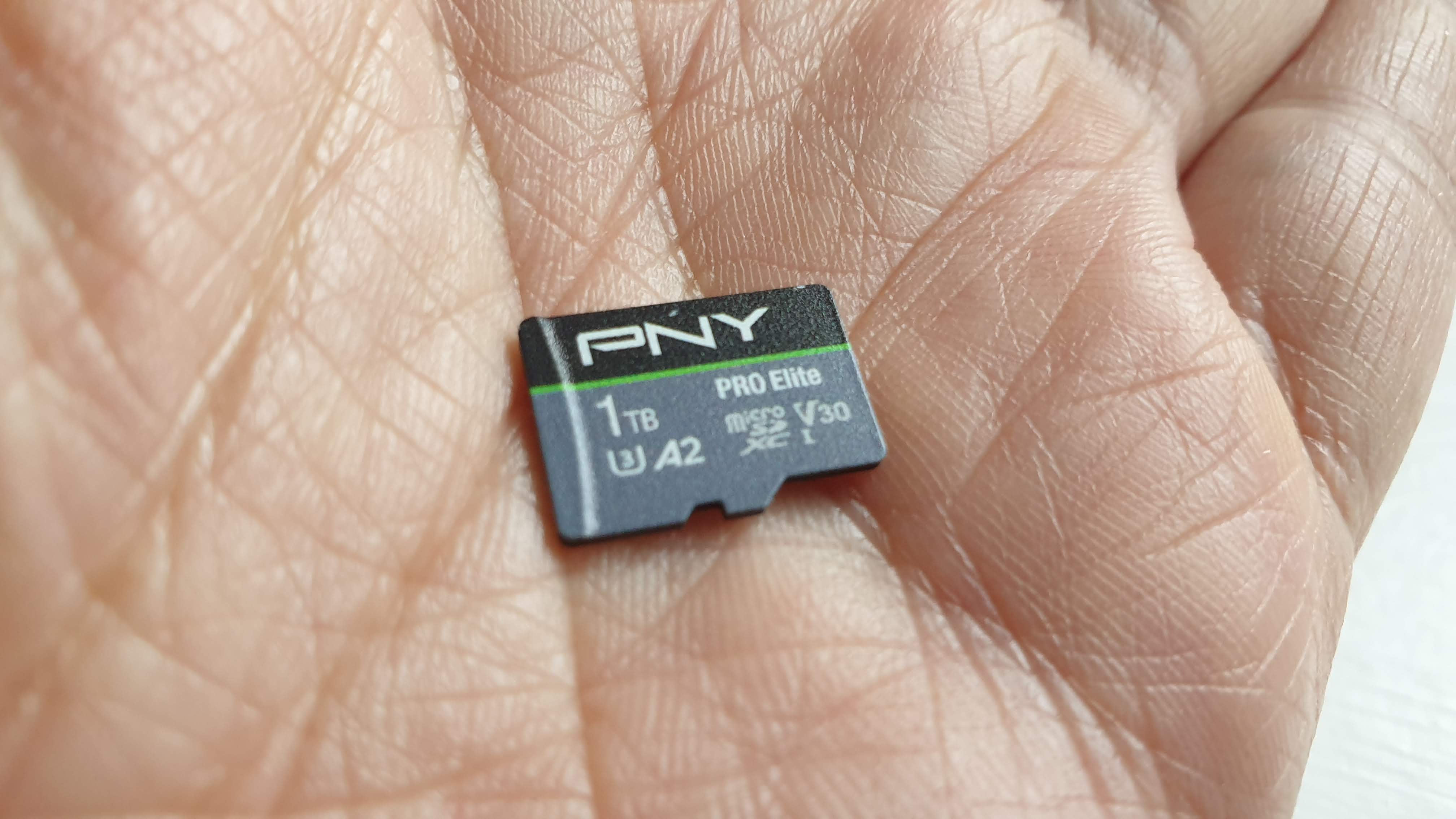PNY Pro Elite 1TB microSD card
Two minute review
PNY is a known quantity. It may not be as popular as better known brands such as Sandisk but it does have a long association with technology. It produces HP-branded storage products, sells Nvidia graphics cards, system memory as well as data science workstations and enterprise-grade GPUs. So getting the PNY Pro Elite 1TB microSD card came with a number of expectations and while the card did deliver, there’s a sense of disappointment.
Where the PNY card falls behind the competition is pricing. Other than the usual microSD cards with fake capacities (you can easily spot them because of their too-good-to-be-true price tags), the most affordable microSD cards of this capacity are the 1TB Sandisk Ultra and the Silicon Power (both $137.99 at Amazon). The PNY Pro Elite retails for $179.99, a $40 premium that can be explained by the higher overall performance (at least on paper and for random reads/write speeds).
Note that Amazon delivers to a number of countries and offers a 3-year data recovery plan for a mere $7.99 with free shipping for in–lab data recovery; 24/7 online case status tracking and a money-back guarantee. Can’t be fairer than that! Other 1TB microSD cards we have tested to date include the Lexar Play, Teamgroup Elite A1, Silicon Power, Sandisk Extreme and, of course, the grand dad of them all, the Micron c200.

Design
Like dozens of other microSD cards, the PNY Pro Elite doesn’t offer much in terms of design. It is just a piece of plastic after all with the distinctive PNY logo and the necessary features printed on its front: U3, A2, V30. It’s tiny and only a couple of grams. Note that a larger version of the card (the SD version of the Pro Elite) does exist; there doesn’t seem to be any differences in performance although the microSD card is cheaper by about 10%.

Hardware
The card, also known as the P-SDU1TBV32100PRO-GE, comes in 256GB, 512GB and 1TB versions. As expected the product is magnet proof, shock proof, temperature proof, waterproof and comes with a SD adaptor. Note that the card did not come with any software applications: no backup software or security software. We wouldn’t mind some freebies like Seagate does with Adobe Creative Cloud and some of its portable SSD/external hard drives.

Performance and in use
Here’s how the PNY Pro Elite 1TB microSD card performed in our suite of benchmark tests:
CrystalDiskMark: 94MBps (read); 88MBps (write)
Atto: 89MBps (read, 256mb); 85MBps (write, 256mb)
AS SSD: 89MBps (seq read); 85MBps (seq write)
AJA: 88MBps (read) ; 83MBps (write)
PNY promises sequential read and sequential write speeds of 100MBps and 90MBps respectively, with a Class 10, U3, V30 rating and an A2 app performance tag (or at least 4000 IOPS Read and 2000 IOPS Write) . In real life, we approached these numbers when using CrystalDiskMark (94 and 88MBps respectively) with other benchmarks delivering read/write numbers between 83 and 89. A 10GB file was transferred in just under 45 seconds, which equates to a transfer rate of 77MBps; it means that it will be good enough for 4K video recording.
One thing we don’t know is its endurance, a critical factor when dealing with continuous writing, in dash cams for example or CCTV in business security systems. As always we recommend that you safeguard the data on your drives using one of our best cloud storage providers or one of our best cloud backup partners.
In conclusion
The PNY 1TB Elite Pro microSD card suffers from the competition’s keenness to compete on price. While the A2 speed label may justify the price premium compared to Teamgroup and Sandisk’s value microSD cards, it doesn’t when it comes to faster ones like the Sandisk Extreme or the Lexar Play, both being A2 products. What makes it even less palatable is that rivals give at least a five year warranty with Sandisk extending it to lifetime warranty.
With Black Friday just a few days away (at the time of writing), one can expect some significant price fluctuations which may bring the price of 1TB microSD cards to their lowest yet. Most notably (and weirdly), Amazon dropped the price of the Sandisk Extreme to a staggering $109.99 for a few days in September 2021. The same product sold for $149.99 on Black Friday 2020. PNY’s card is already at its lowest and is therefore unlikely to sell for cheaper. Note that Amazon has a newly released 1TB AmazonBasics microSD card which is currently selling for about $190.
Beyond that, the future of 1TB cards may well be in the hands of Samsung, Crucial and Kingston. Not all the big players have embraced this capacity with these three sticking to 512GB models. No wonder that this is the sweet spot in terms of value for money while 256GB remains the capacity of choice for bargain hunters with a per TB price as low as $94. So expect any new players to cause the price of 1TB to fall further - permanently - to perhaps, as low as $99 as vertically integrated players (like Samsung) penetrate this market.
As for bigger microSD cards, it is unlikely that cards other than 2TB ever appear on the market (although the 400GB Sandisk Extreme microSD card remains an anomaly). While there aren’t any plans for physically smaller cards or higher capacity cards, faster cards based on the SD Express technology are in the pipeline with promises to hit maximum read speeds of nearly 1GBps at launch. As expected, it will combine PCIe and NVMe interfaces to hit those speeds while maintaining backward compatibility with the legacy microSD interface. In the future, Secure Digital Ultra Capacity (SDUC) format will offer cards of up to 128TB, although we’d be surprised to see 2TB microSD cards before the end of 2025.
We've also featured the best micro SD cards
0 comments:
Post a Comment